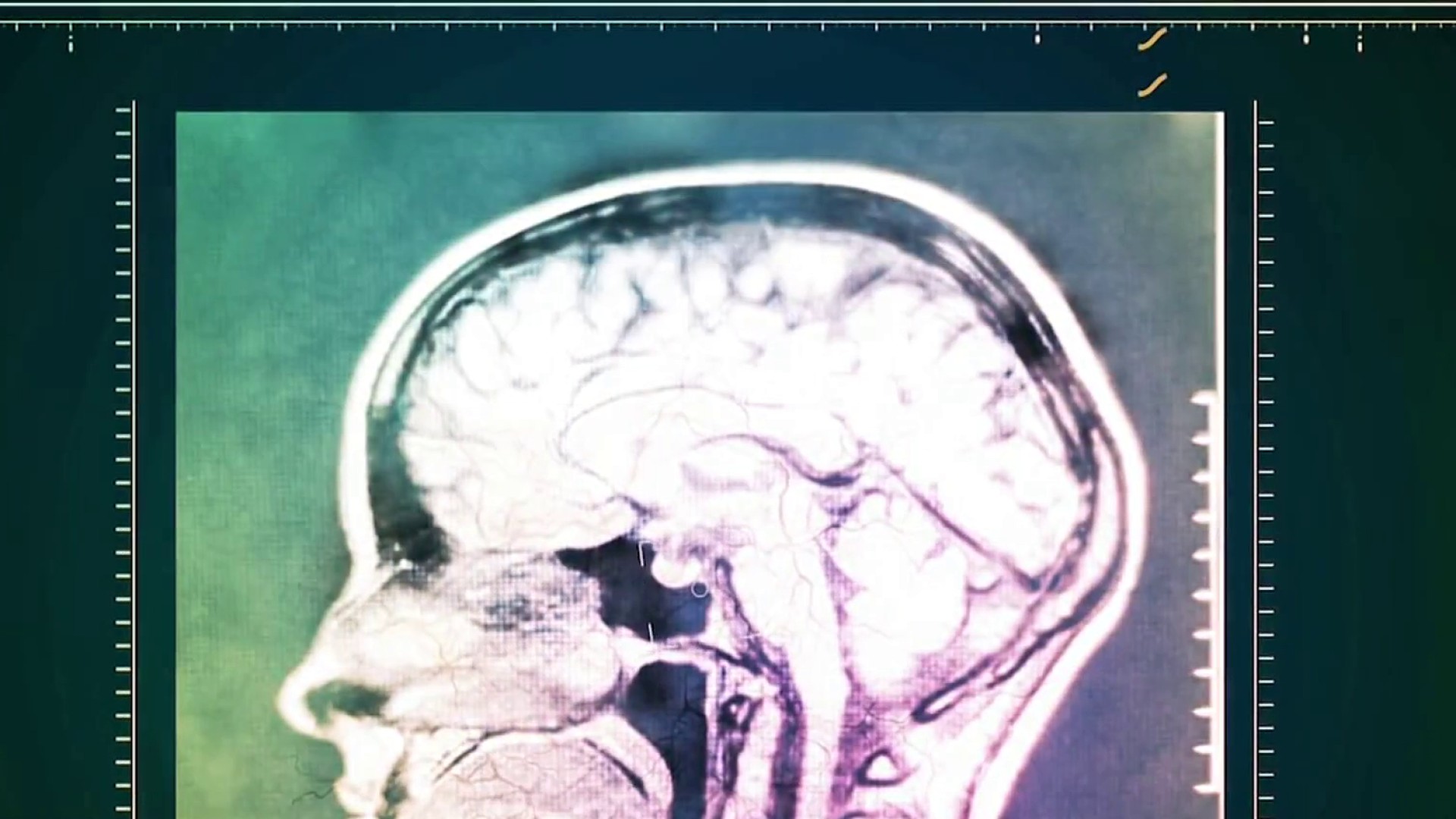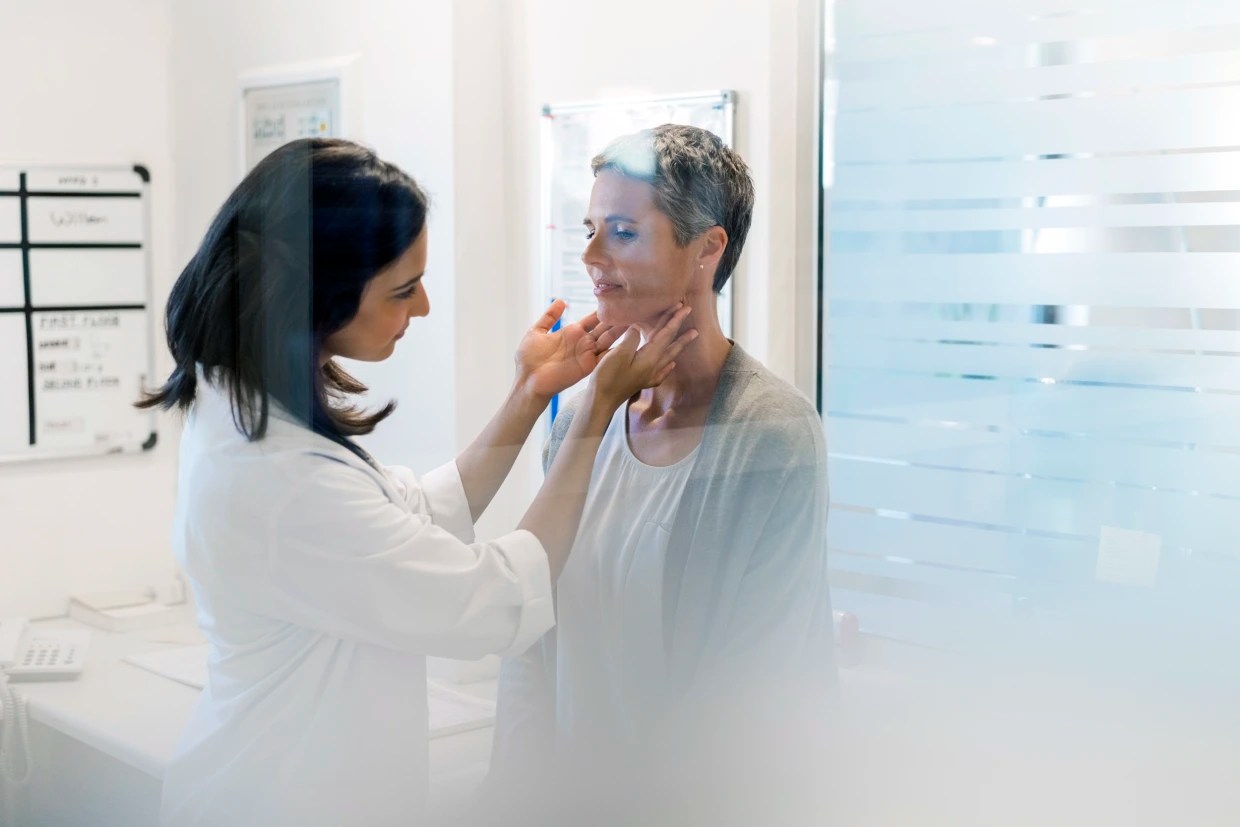Wyatt Vance, remembers the moment he suffered a concussion during a high school football game in October.
"I just remember the back of my head slamming the ground and just kinda bouncing up," said Vance, 15.
He was confused and disoriented, but he stayed in the game two more plays. It was Vance's second concussion in six months.
"It ended up being around two weeks out of school," Vance said, "and then another week kind of on and off, going two hours [and] then coming home with such a bad headache [when] I couldn't do it anymore."
The CDC says more than 170,000 kids visit the emergency room every year for sports-related traumatic brain injuries, including concussions.
But now, local scientists are working to protect young brains. The Material Measurement Lab at The National Institute of Standards and Technology (NIST) in Gaithersburg has joined forces with the NFL and GE for the Head Health Challenge III.
"The purpose of the challenge is to find new materials that can be applied to this problem of concussion prevention in sports," said Material Measurement Lab director Dr. Laurie Locascio.
Health
The Head Health Challenge III is a call to inventors to think outside the box on behalf of athletes who take hits, and come up with the next generation of material that will absorb and disperse energy even better than today's helmets.
"What we're really looking for is a revolution, a big sea change in how the technology can be used to protect the person inside," Locascio said.
Right now, NIST is designing and building a lab just to test submissions for the Challenge.
"You can imagine sensors and accelerometers inside the material and inside the impact device," said the Lab's deputy director, Dr. Mike Fasolka. "You can tell how things are slowing down, how much energy is being absorbed, all the factors that need to be addressed in order to provide protective equipment for athletes."
After months of help from doctors at MedStar National Rehab McLean, Vance is back to his normal workout, and playing lacrosse and getting ready for wrestling season, concussion-free.
Vance says his concussion was bad luck. He doesn't blame his helmet, but he'd love to see big-time improvements in protective gear.
And, he says, his football days are over.
"They say once you get one, you're more prone to get more and they're always worse than the last one," Vance said. "And I don't want to risk it."
--
The CDC has some great tips for helping student athletes, coaches and parents prevent head injuries.
See more about the Heads Up concussion prevention campaign here.



